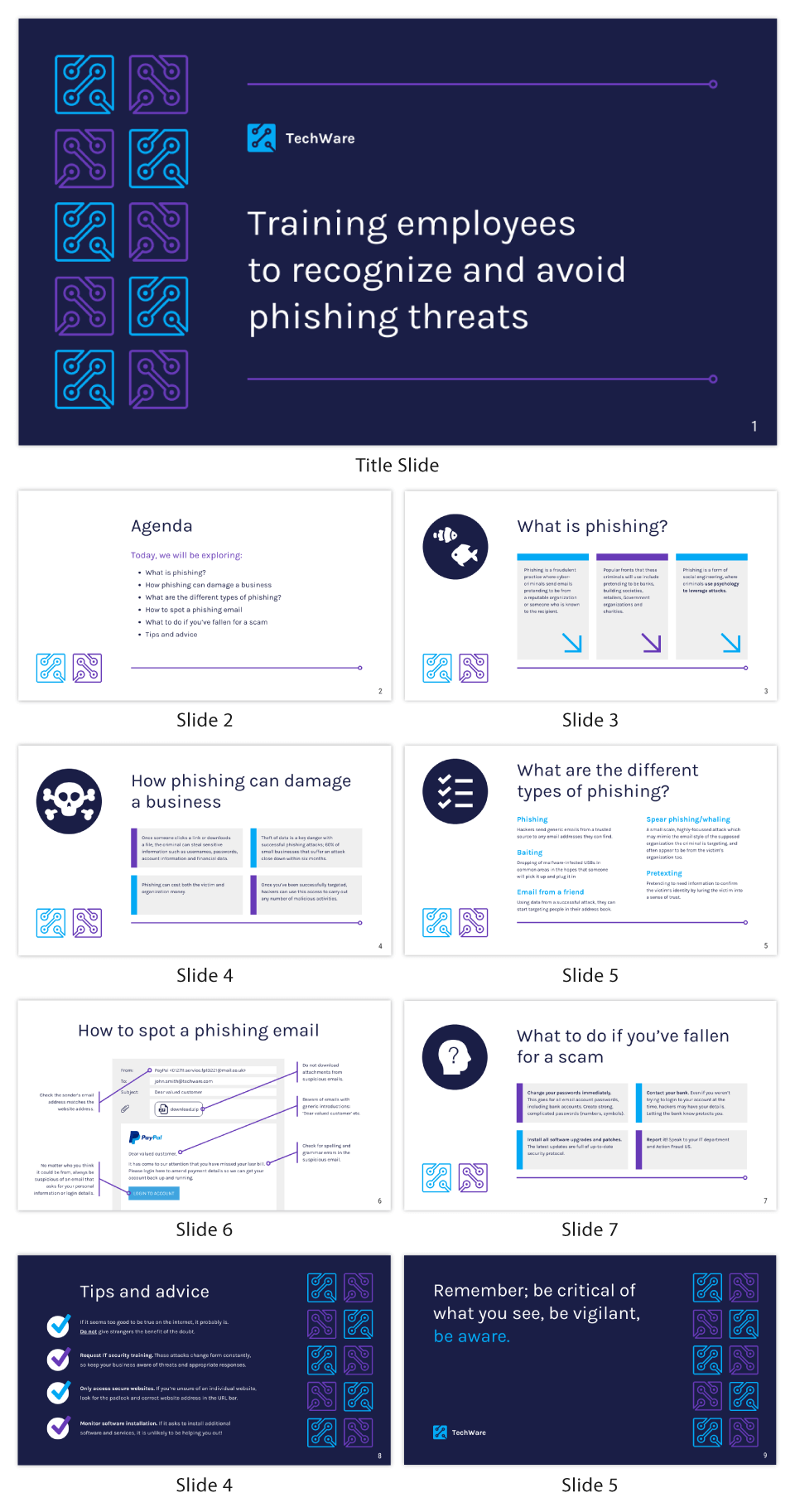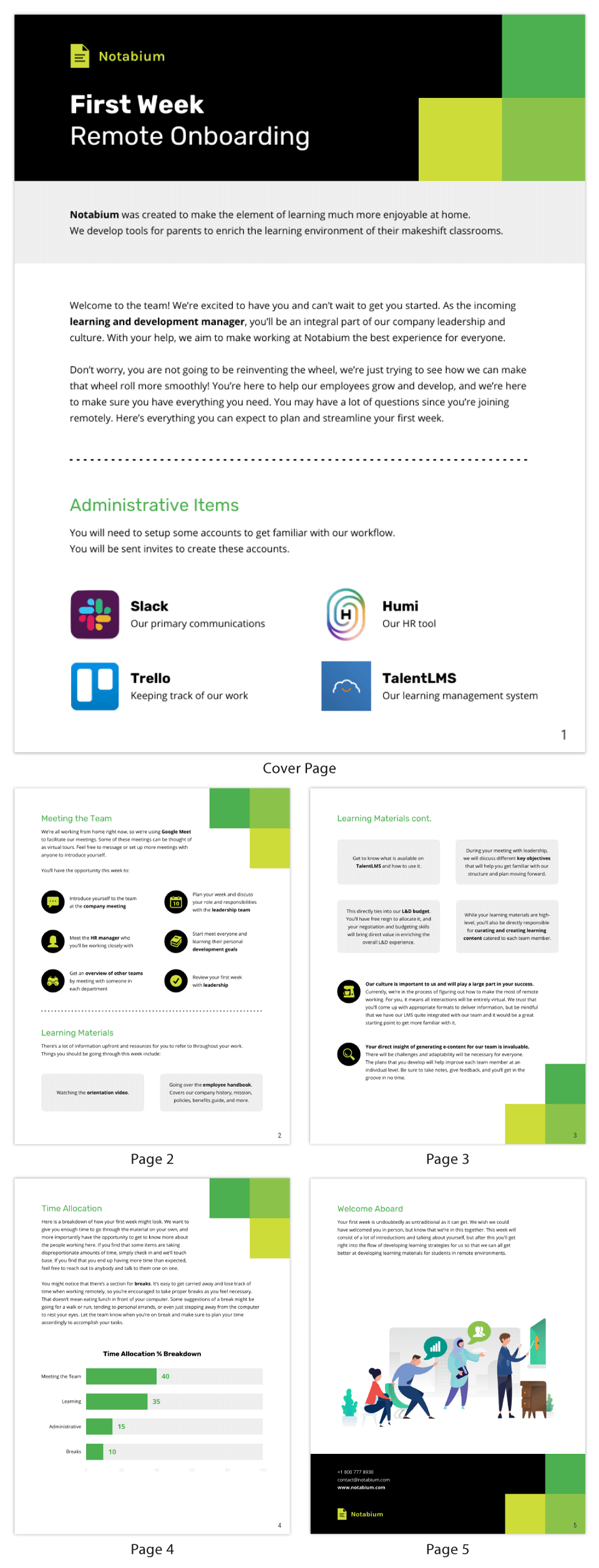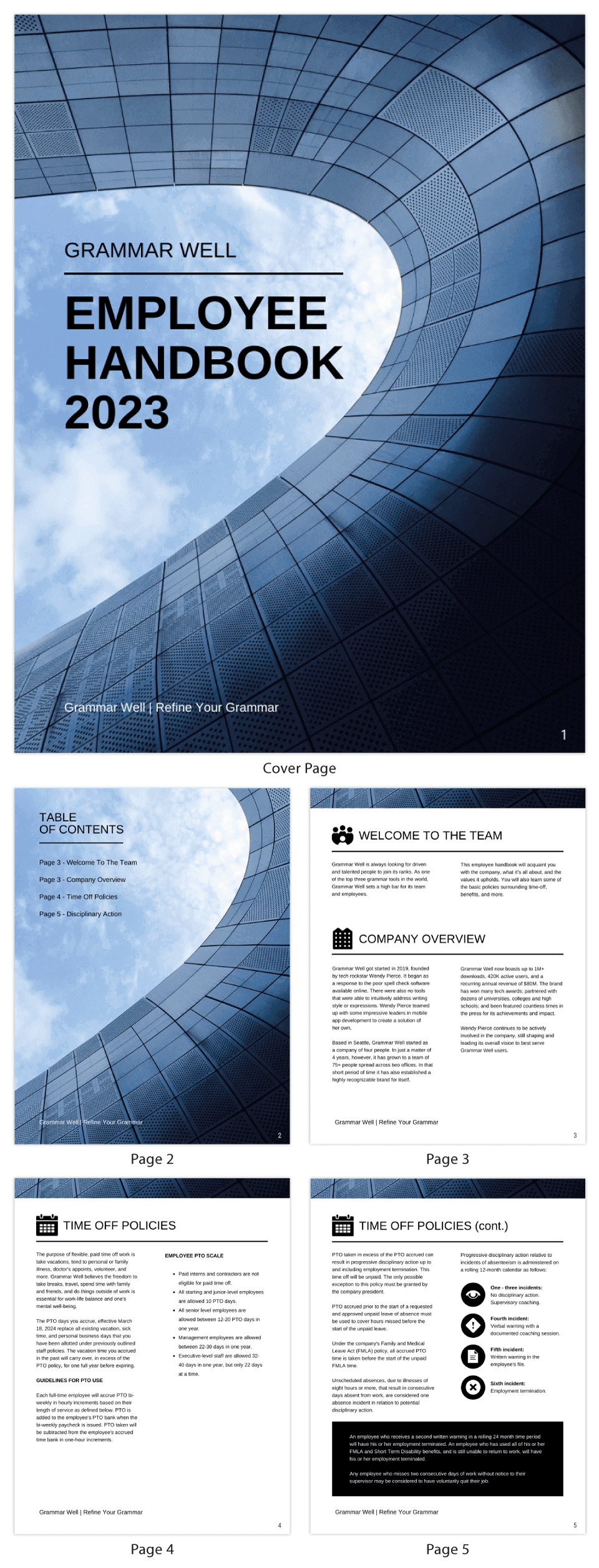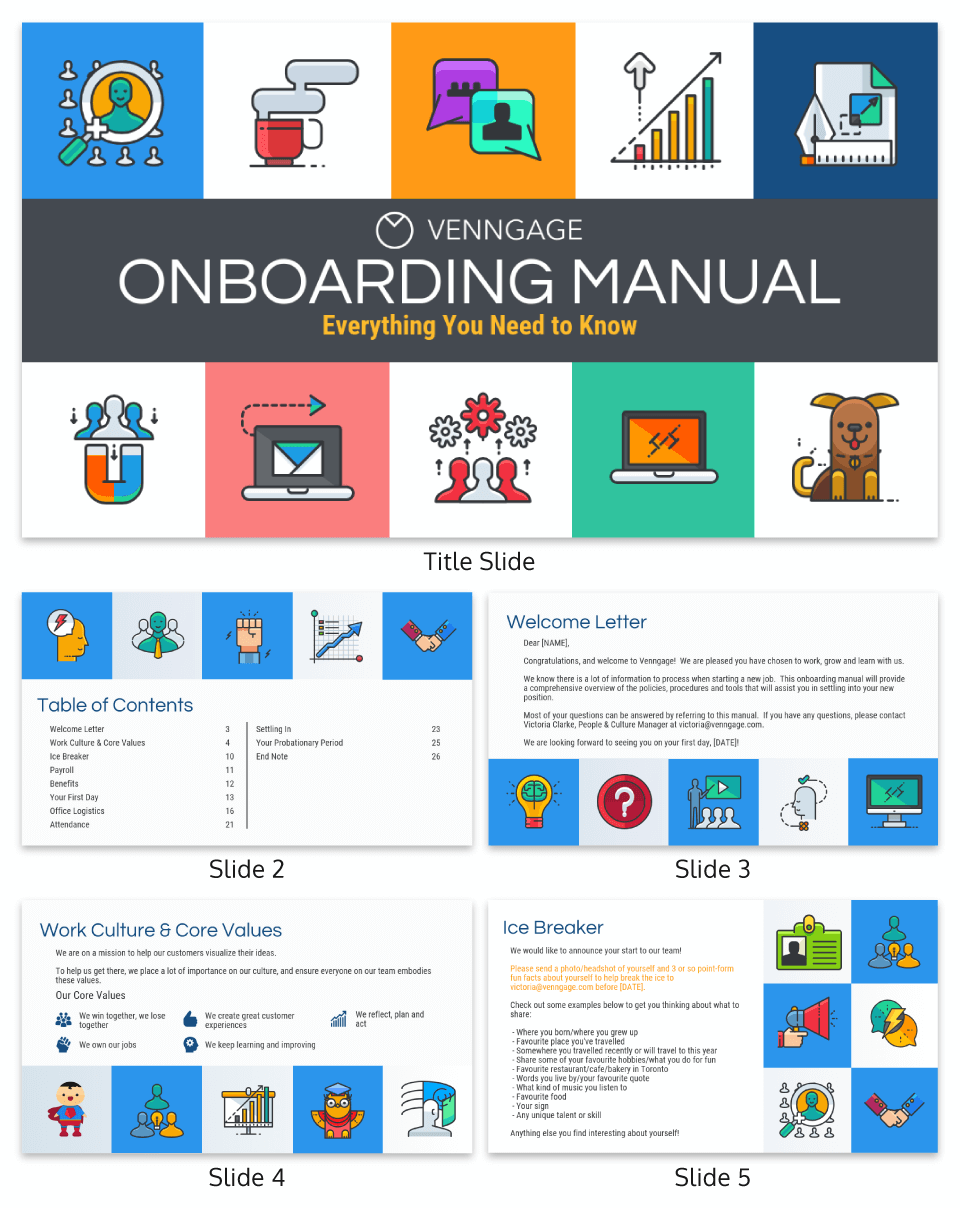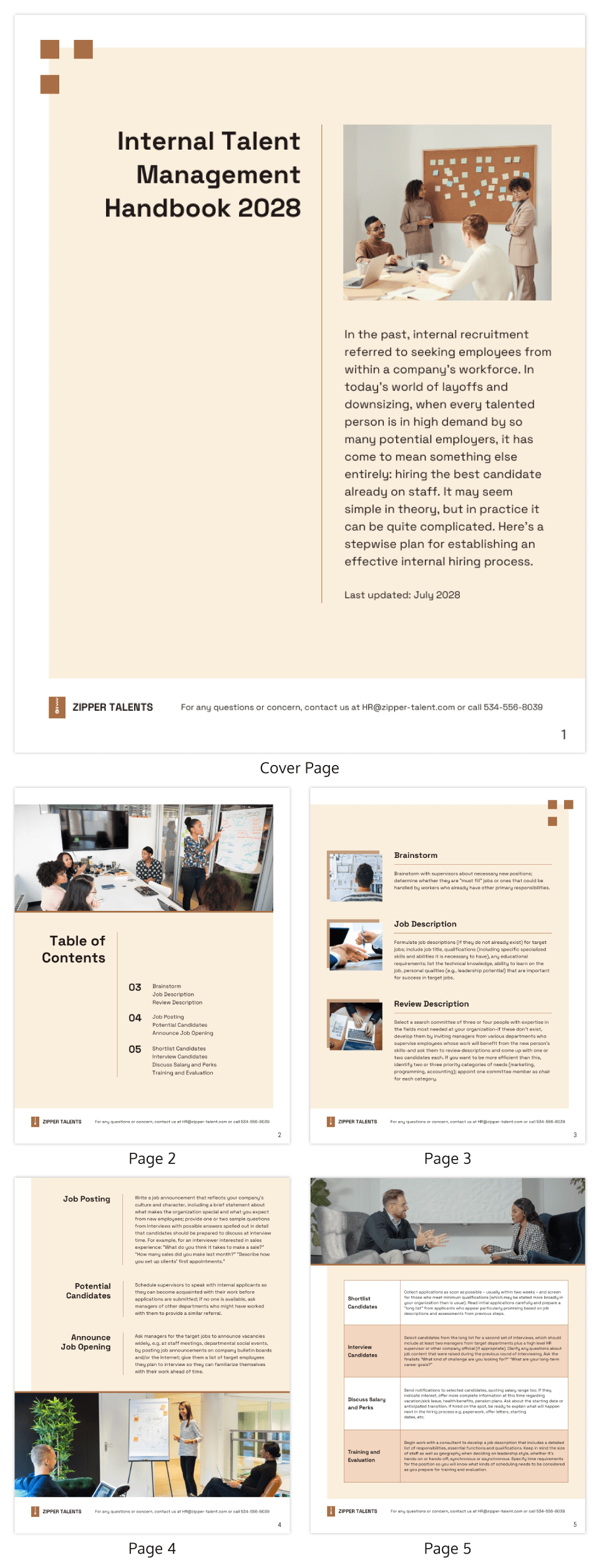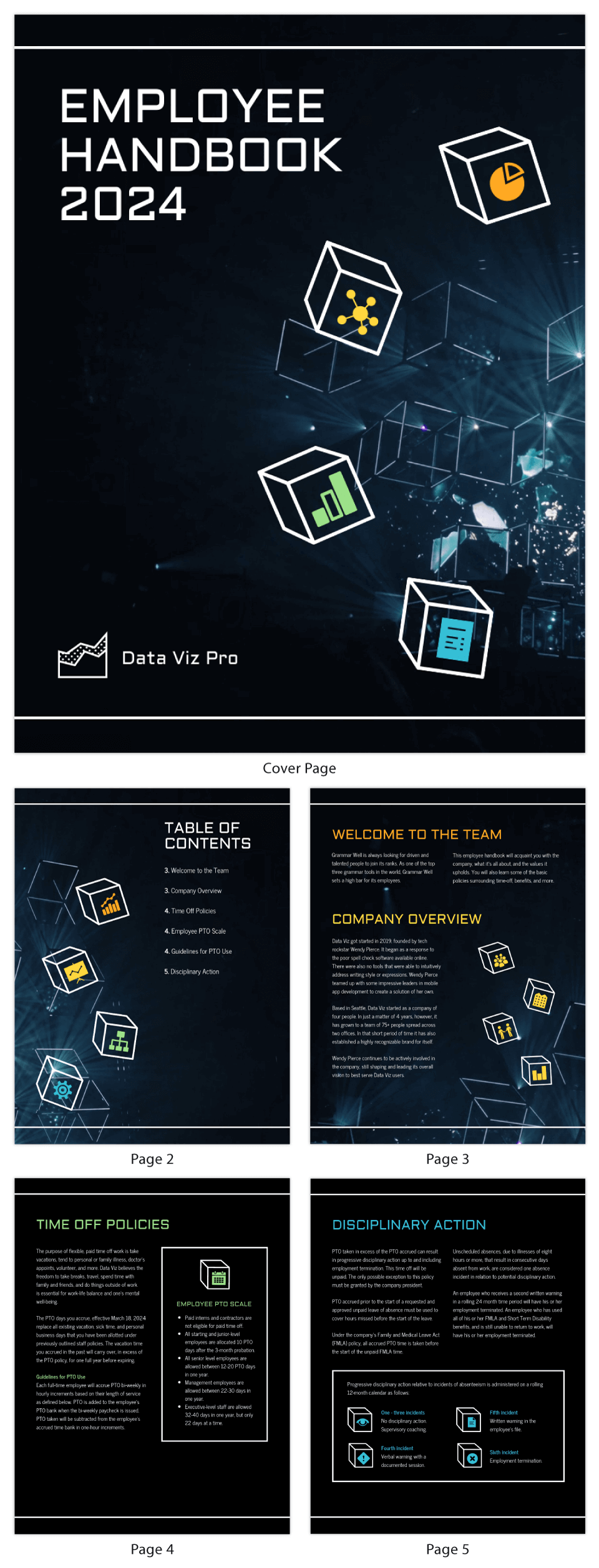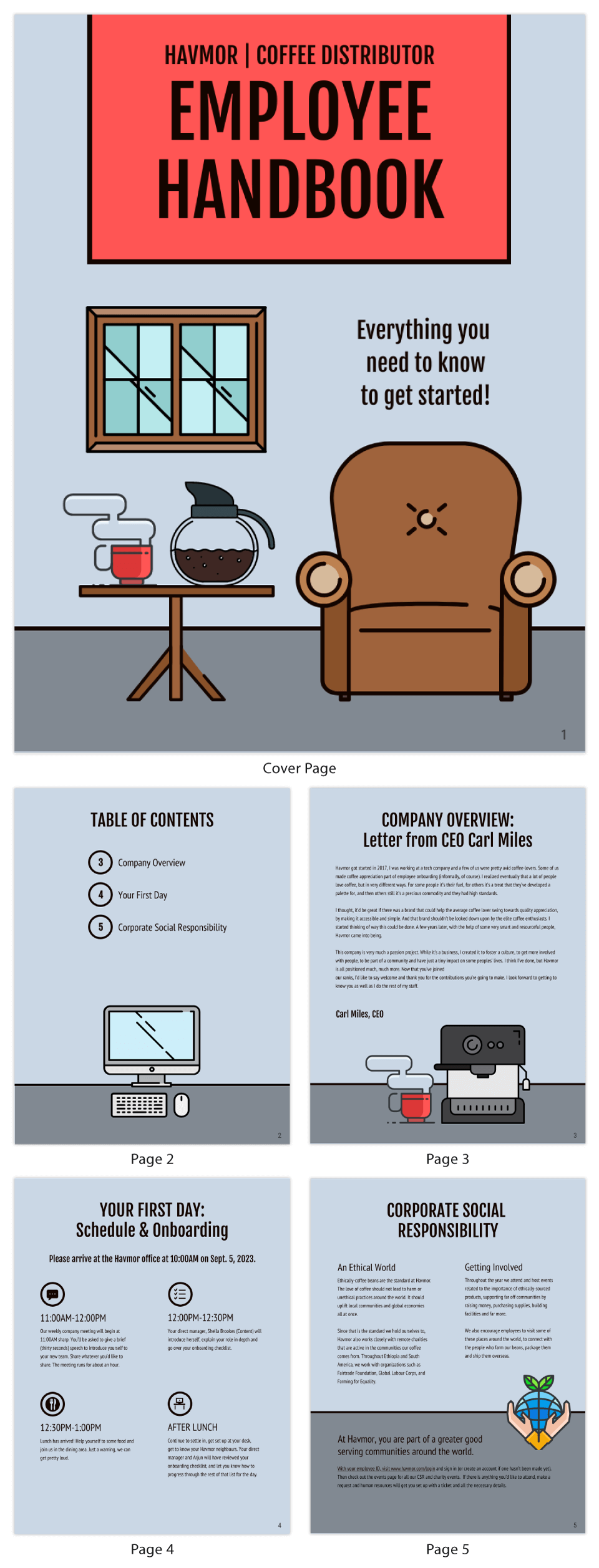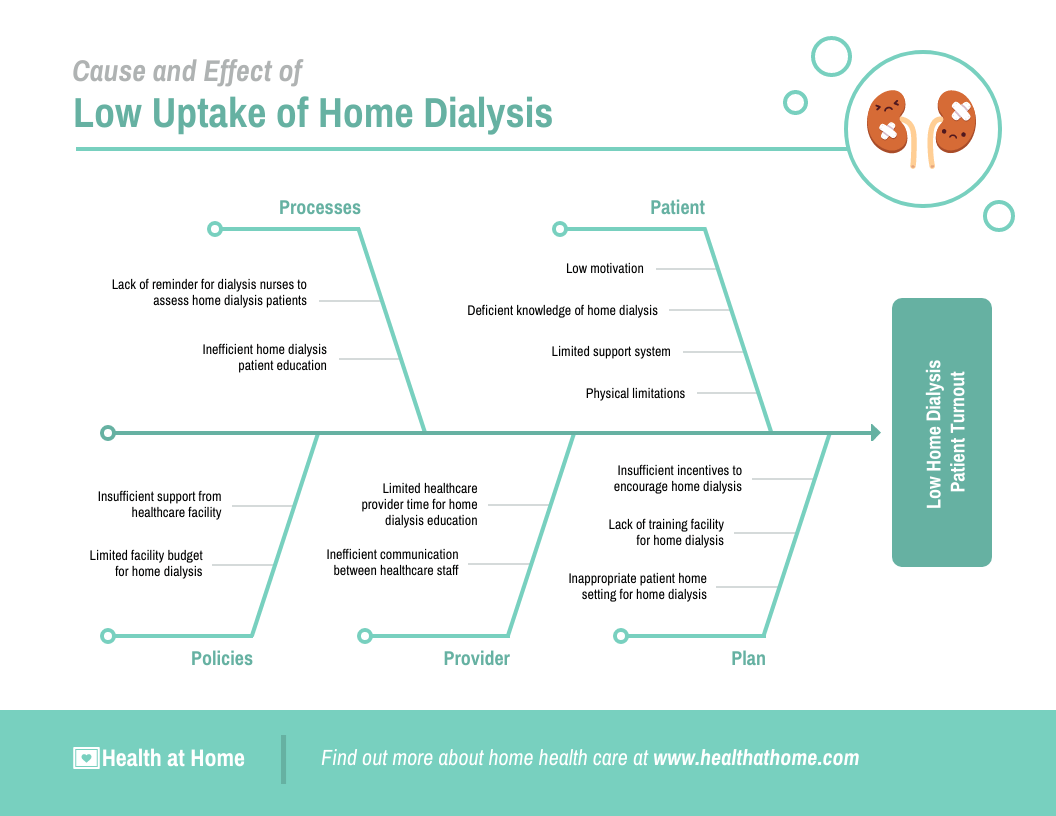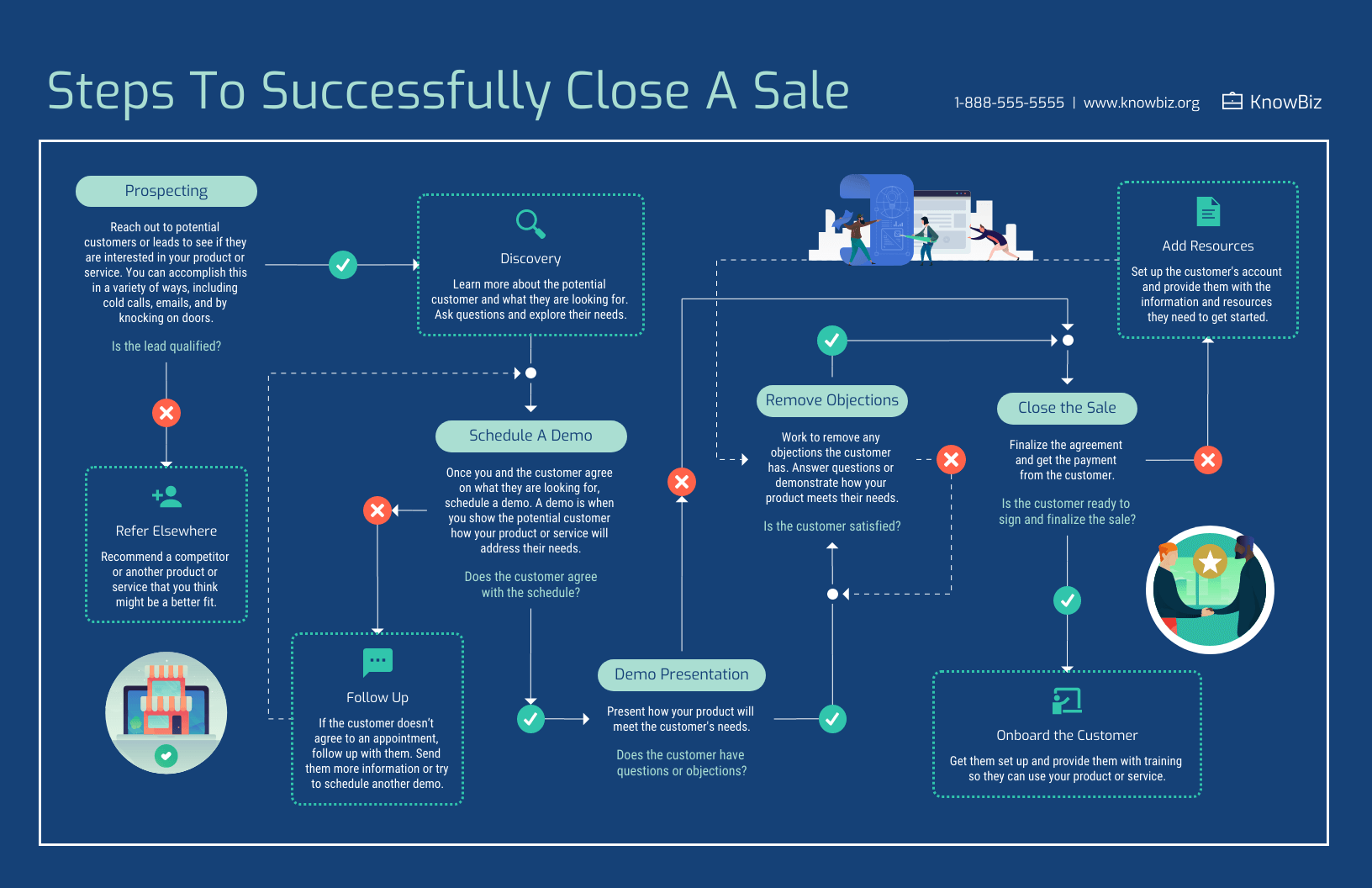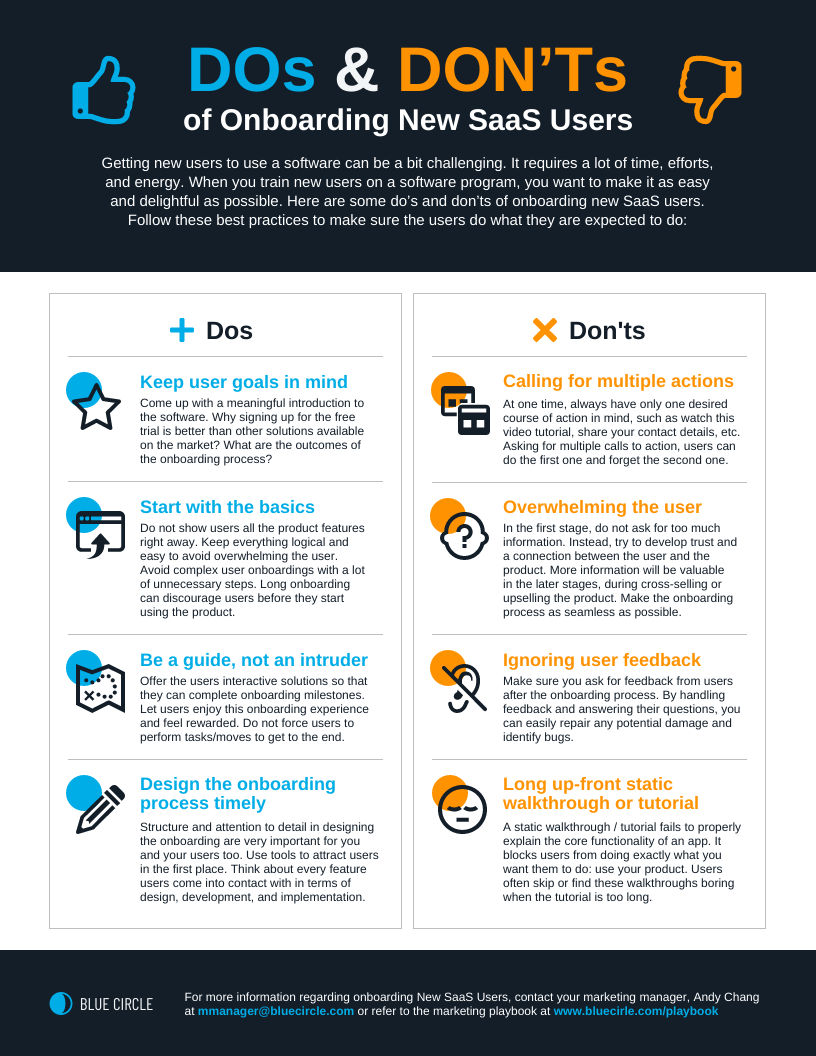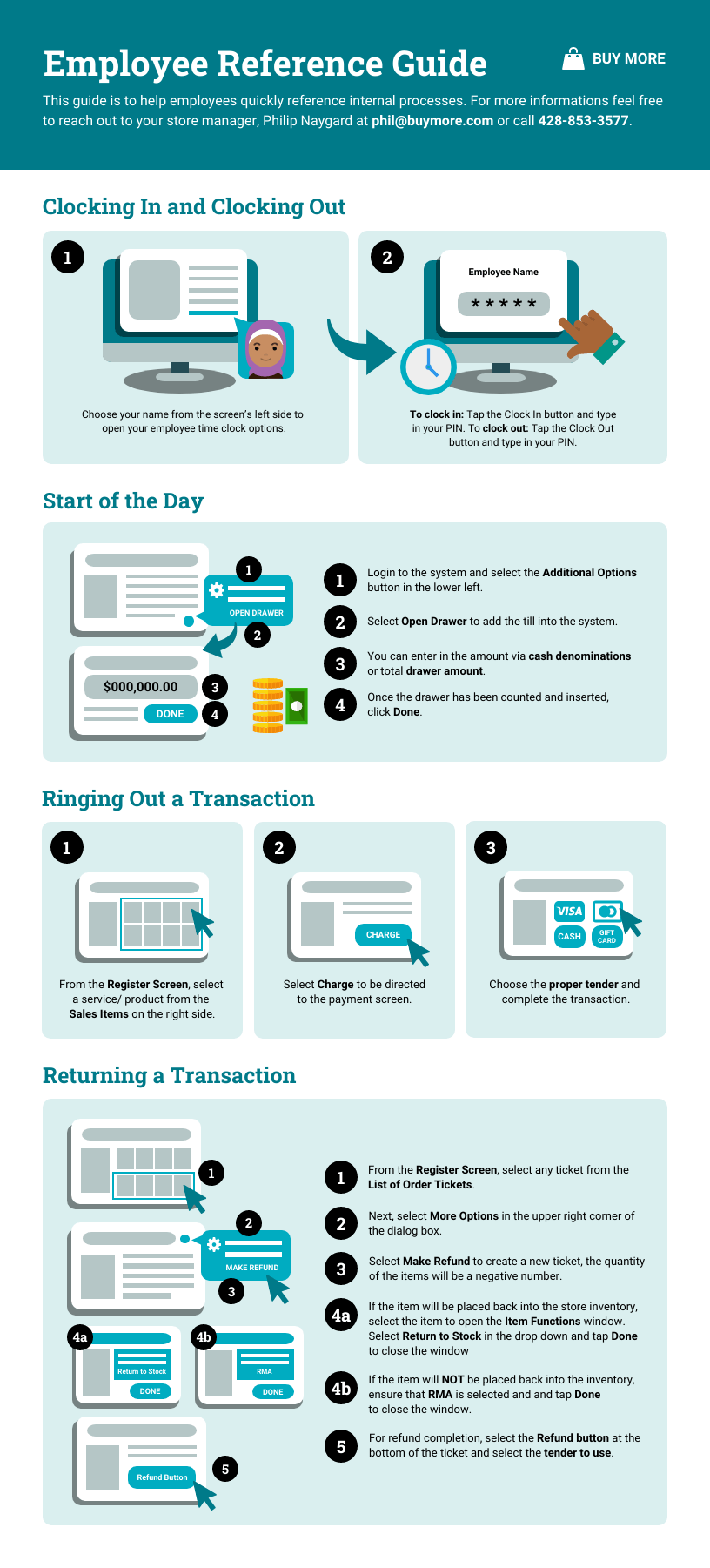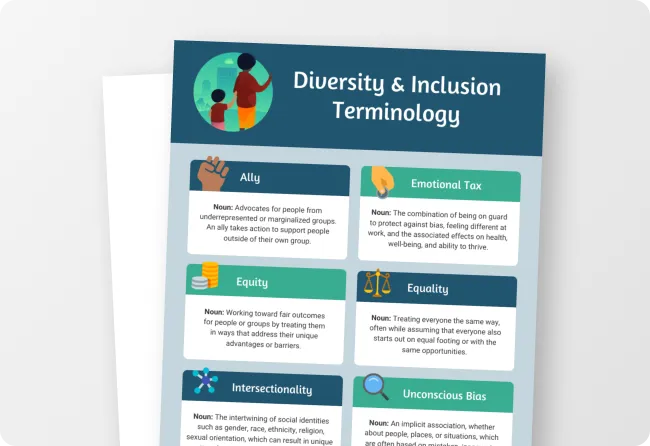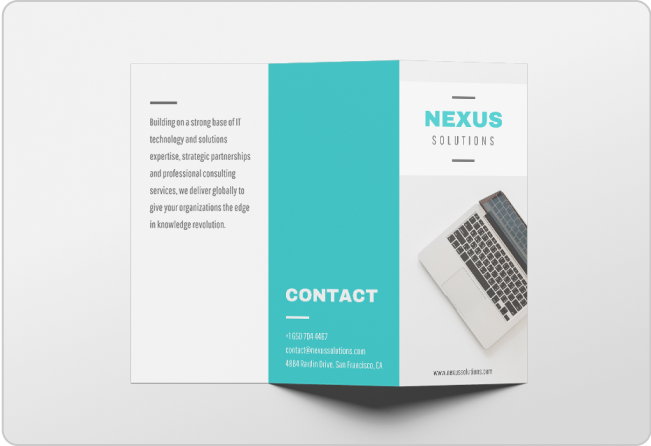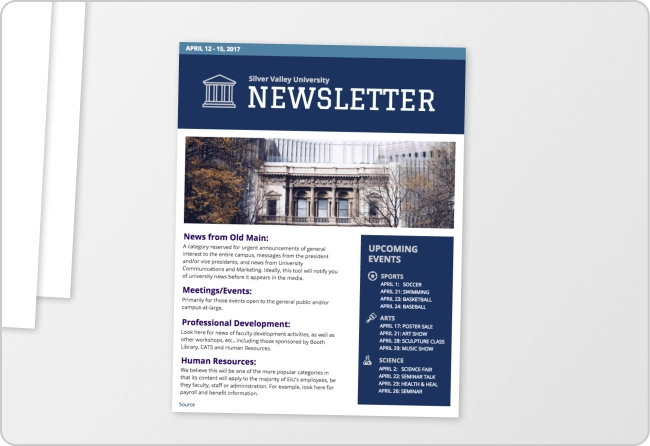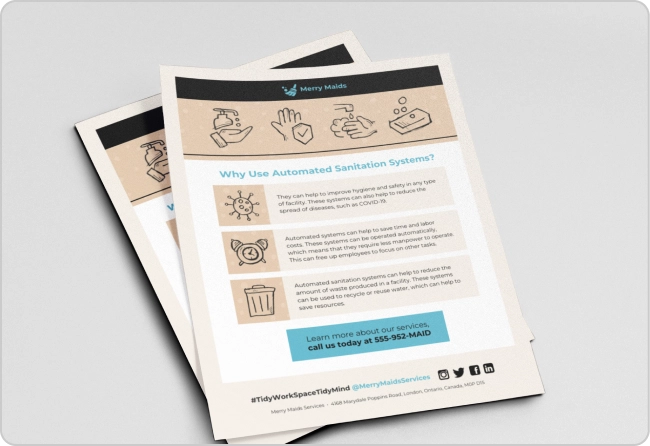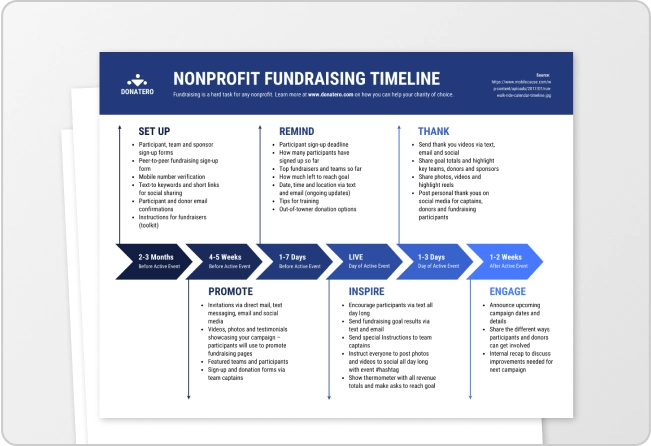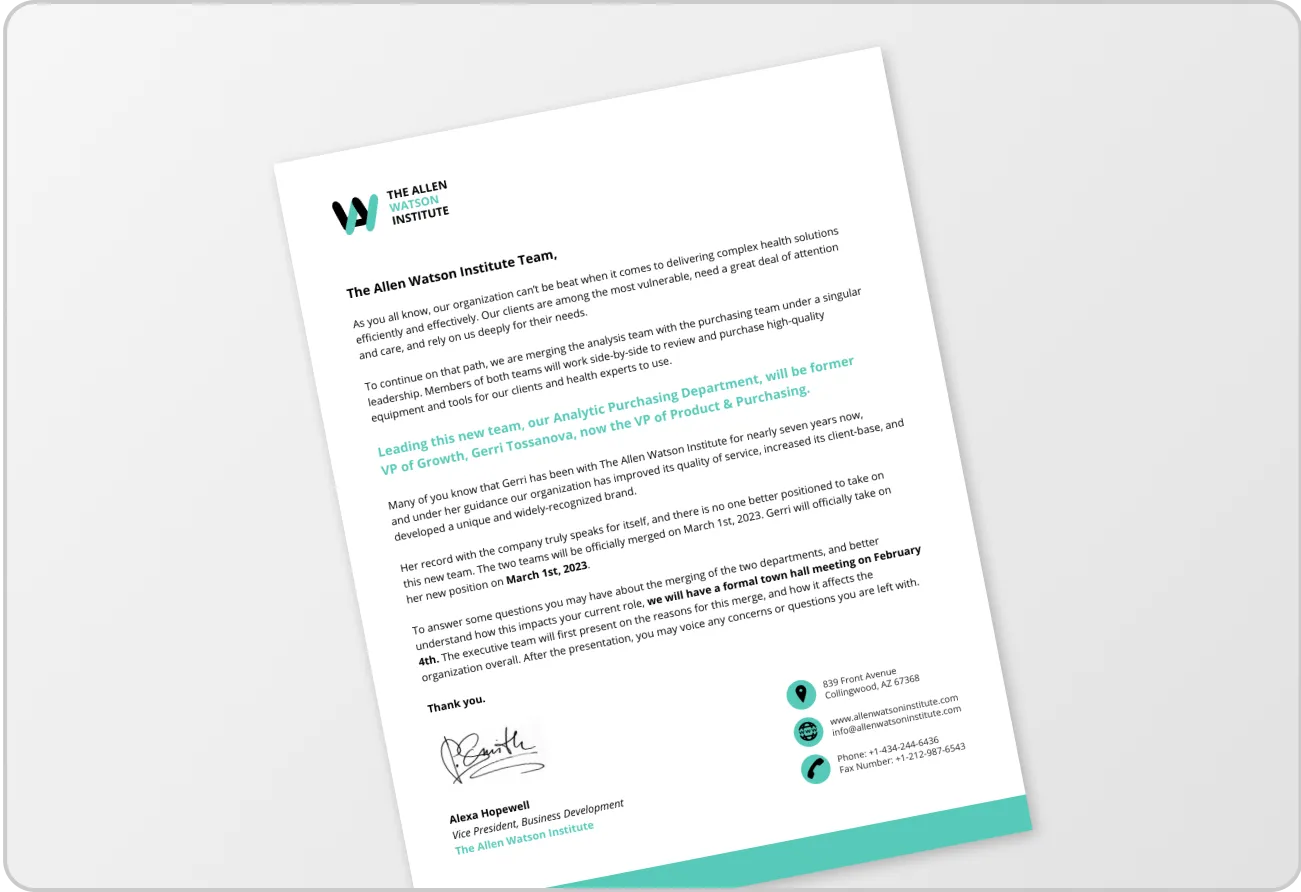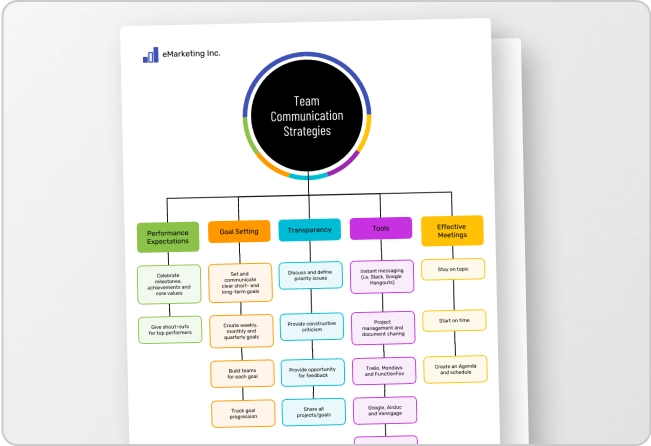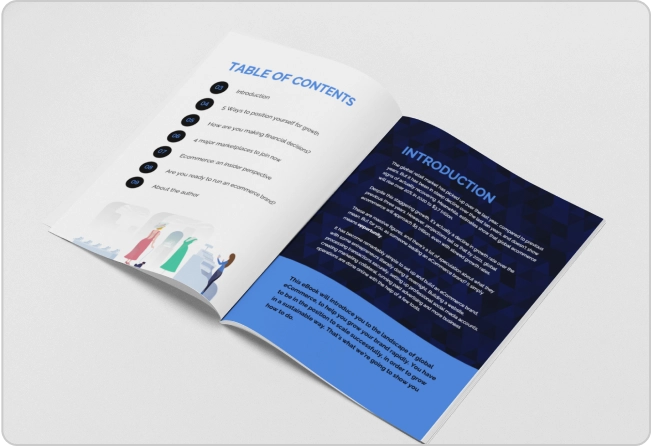Struggling to create a structured and engaging training manual? A well-designed template can save time while ensuring clarity and consistency in employee training. Whether you need an onboarding manual, process guide or compliance training document, the right format makes all the difference.
To save you time, we’ve gathered 15+ training manual templates and examples you can use in 2025. These customizable options help you build engaging, easy-to-follow training materials that improve learning and keep your team on track.
What is a training manual?
A training manual is a document (or series of documents) explaining how to complete a task. Businesses use them for employee onboarding, training on new technology or processes, and for general learning and development purposes.
Some employee training manuals are extremely detailed, assuming employees will rely on them to answer all questions. Others are more general, assuming that workers will ask questions of others on the job.
In all cases, manuals for your training and development programs have one clear purpose: to help people do their jobs better. But there are other knock-on effects of using training manuals for your team:
- Streamlining onboarding and training
- Supporting standard operating procedures
- Enabling cross-training of team members
- Reinforcing culture of growth and learning
Not sure where to start? Why not start with creating a training plan.
4 Training manual examples (real-world use cases)
Compliance training manual
Phishing scams pose a major risk to businesses, making employee training essential. This compliance training manual template is designed as a presentation to help teams recognize and prevent phishing attacks. It features simple visuals and a clean, two-toned color scheme to enhance understanding and retention.
Process and procedure manuals
Process and procedure manuals provide clear, step-by-step guidance to help employees perform tasks efficiently and consistently. While traditional manuals are often text-heavy, visual formats like infographics can make complex processes easier to understand.
For example, this process infographic breaks down data collection techniques in a simple, engaging way. (A bit meta, but it works!) Using visuals in training materials improves comprehension and retention, making learning more effective.
Onboarding training manual
An onboarding training manual helps new employees get up to speed quickly, ensuring a smooth transition into their roles. While these manuals can take many forms, eBooks are a great option for remote teams, providing easy access to essential information.
For example, this employee manual template is designed for remote teams. Simply swap out the app and software icons to match your tools and customize the content to fit your company’s needs. Need additional support? Partnering with a corporate training company can help ensure your team is well-prepared and aligned with company standards.
Employee handbook
Employee handbooks and training manuals aren’t necessarily the same, though they often include similar or identical content. Use this template to make the best of both worlds by adding a page or two that describe specific tasks or processes that all new hires need to know.
How to create effective training manuals
I’ve helped design a few training manuals over the years, and if there’s one thing I’ve learned, it’s that a good manual doesn’t just tell people what to do, it guides them through learning something new with clarity and confidence.
Here’s how you can create one that actually helps people learn (and remember what they’ve learned):
1. Start with clear learning goals
Before writing a single word, decide what you want your readers to walk away with. Are you teaching them how to use new software? Training new hires on company policies? Define that outcome first, it keeps your content focused and relevant.
2. Break your content into digestible sections
Think of your manual like a roadmap. Each section should build on the previous one, moving logically from simple concepts to more complex ones. Use headings, bullet points and short paragraphs to make it easy to skim and absorb.
3. Show, don’t just tell
People learn better with visuals. Add screenshots, process diagrams or flowcharts to support your instructions. (If you’re using Venngage, you can easily drag in icons or visuals to make each section more engaging.)
4. Keep your language simple and human
Skip the corporate talk. Use plain language, conversational phrasing and active voice. Imagine you’re explaining something to a colleague sitting next to you, that tone instantly makes your manual more approachable.
5. Add real-world context
Examples and case studies make your material more relatable. Share stories or practical scenarios that show how the training applies in real work situations.
6. Test and iterate
Once your draft is ready, share it with a small group of trainees or coworkers. Ask where they got stuck or what wasn’t clear. That feedback loop helps you refine the manual into something truly useful and trustworthy.
8 Training manual templates (ready-to-use formats)
Here are some tips and tricks for setting your team up for success with a winning training manual:
Onboarding manual presentation template
An onboarding manual is more than just a training tool—it’s an opportunity to introduce employees, especially new hires, to your company’s identity. Even in internal materials, using brand colors, fonts, logos and illustration styles reinforces your corporate culture from day one.
This onboarding manual template features a bright, colorful design, immediately signaling to new hires that this organization is fun and approachable. A well-designed manual sets the tone for a positive employee experience while ensuring consistency in training.
Internal talent management handbook template
A talent management handbook is essential for standardizing recruitment, development, and retention strategies. It provides clear guidelines while reinforcing your company’s brand and culture.
This talent management handbook template features a subdued, monochromatic design, ideal for companies with a neutral, organic aesthetic. Whether you’re building a handbook for HR policies or career development, choosing the right template ensures consistency and professionalism.
Company employee handbook template
A company employee handbook sets clear expectations for workplace policies, culture and values. The design should reflect your brand’s identity while keeping the content engaging and easy to navigate.
For tech-focused companies, this employee handbook template is a great fit. Its bold black and dark blue color scheme, accented with bright pops of color, creates a modern and dynamic look that aligns with innovative workplaces.
Illustrative company employee handbook template
New employees can feel overwhelmed with too many onboarding documents, making it essential to keep training materials concise and visually engaging. Using visuals in training such as icons, illustrations, data visualizations and photographs helps employees absorb information faster and improves productivity.
This illustrative company employee handbook template prioritizes clear section headings, minimal text, and bold visuals, ensuring new hires stay engaged. The combination of concise content and eye-catching imagery makes it easier for employees to navigate and retain key policies, expectations, and company culture details.
Cause and Effect Medical Training Template
Explaining complex medical concepts in training manuals can be challenging, but using diagrams and charts simplifies the learning process. A fishbone diagram, like the one in this medical training template, is ideal for mapping out diagnostic processes, treatment plans and root cause analysis in healthcare.
If your medical training manual covers technical or scientific topics, incorporating structured visuals helps improve comprehension and retention, making training more effective for healthcare professionals.
Step-by-step sales training template
A well-structured sales training manual helps teams master key processes and improve conversion rates. Incorporating flowcharts simplifies complex sales strategies by breaking them down into clear, actionable steps.
This step-by-step sales training template is perfect for outlining sales techniques, customer interactions and workflow processes. When creating your manual, consider your audience—if multiple departments will use it, provide context on how different teams contribute to the sales journey.
Onboarding do’s and don’ts template
A strong onboarding training manual doesn’t just tell employees what to do—it also helps them avoid common mistakes. Including real-world examples of good and bad behaviors, decisions, and performance makes training more practical and engaging.
This do’s and don’ts job aid infographic is a great addition to any onboarding manual, providing clear, visual guidance on best practices. To keep training fresh and relevant, consider updating examples each year so employees don’t assume only the listed behaviors apply.
Employee reference guide training template
A well-structured employee reference guide makes it easier for teams to navigate tasks—especially when working with technology. Visual aids, such as illustrations or real-world photographs, help employees understand processes more clearly.
This training manual template uses illustrations to explain tasks step by step, but it can be easily customized with actual photographs for even greater clarity. Providing clear, visual instructions ensures employees can quickly grasp and apply what they’ve learned.
Why are training manuals important?
A well-crafted training manual does more than just outline procedures—it ensures consistency, improves efficiency, and enhances employee learning. Here’s why they matter:
- Standardized training – Ensures all employees receive the same information, reducing misunderstandings.
- Improved productivity – Clear instructions help employees complete tasks faster and with fewer errors.
- Stronger employee onboarding – Helps new hires get up to speed quickly and feel confident in their roles.
- Better compliance – Ensures teams follow industry regulations and company policies.
- Easier knowledge sharing – Serves as a go-to resource for employees, reducing repetitive questions.
Training manual FAQs
Have more questions about training manuals? We’ve got answers.
What are the types of employee training manuals?
Employee training manuals come in different formats to suit various learning needs. Common types include:
- Onboarding training manuals – Help new hires understand company policies, culture, and job roles.
- Process and procedure manuals – Provide step-by-step instructions for daily tasks and workflows.
- Technical training manuals – Cover specialized skills, software or equipment usage.
- Soft skills training manuals – Focus on communication, leadership and teamwork development.
- Compliance training manuals – Ensure employees follow industry regulations and workplace safety standards.
What Are the essential elements of a training manual?
A well-structured training manual includes key elements that enhance learning and retention:
- Introduction – Defines the purpose, objectives and benefits of the training.
- Step-by-step instructions – Provides clear, structured guidance for tasks and processes.
- Visual aids – Includes images, infographics, screenshots and diagrams for better comprehension.
- Real-world examples – Offers case studies or scenarios to reinforce concepts.
- Quizzes and assessments – Helps measure knowledge retention and engagement.
- Resources and references – Includes additional reading materials, links or support contacts.
How to make a training manual interactive?
Enhancing engagement in your training manual improves learning outcomes. Here’s how to make it interactive:
- Use multimedia elements – Embed videos, animations and clickable links.
- Incorporate quizzes and polls – Encourage active participation and self-assessment.
- Add interactive scenarios – Use decision-making exercises or real-world simulations.
- Provide checklists and worksheets – Help employees apply their learning effectively.
- Gamify the experience – Implement rewards, progress tracking, and achievement badges.
Conclusion
Whether you’re helping new hires settle in or launching a new process, it doesn’t hurt to have a few effective training manuals in your back pocket. Effective training manual documents can benefit both the employee and the employer, helping to improve employee efficiency and ensure a smoother training/onboarding process.
If you’re ready to create impactful, actionable training materials for your employees, start with a professional training manual template by Venngage.




























